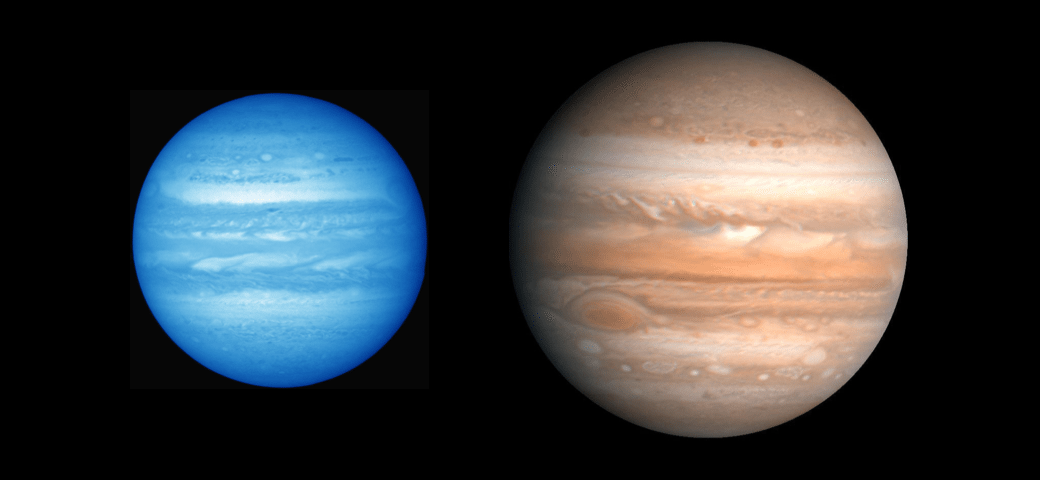Here’s a fun question: how many planets were there in the solar system? You might be tempted to answer with “Nine until you astronomer jerks exiled Pluto!” but I’m not talking about a change in classification. I’m talking about the number of planets over the 5 billion year history of the solar system. We now have 8 classical planets, but did we once have more?
There are actually some hints that our solar system may have had five gas planets in its youth rather than the current four. We know, for example, that the orbit of a planet can migrate as it forms, and this is particularly true for larger gas planets. We also know that the planets in our solar system didn’t form in their current location. Just how our solar system came to have large outer gas planets is still a matter of some debate. There are two main models that have been proposed. The Grand Tack model proposes that Jupiter migrated toward the Sun as it formed, then entered a gravitational resonance with Saturn that drove the planets outward. An alternative is the Nice model, which posits that Jupiter was roughly at its current distance when it entered a resonance with Saturn. The resulting resonance drove Neptune (initially closer than Uranus) to the outer edge of the solar system, pushed Uranus and Saturn outward.
The Nice model seems to be a better fit, and can explain why the inner and outer solar system are so radically different. However computer simulations of the Nice model imply it is unlikely with only 4 gas planets. However if you add a fifth gas planet into the mix, then the four current planets could reach their present orbits at the cost of ejecting the fifth planet.
That might seem like a tweak model just to make the Nice model work, but the idea has a testable prediction. In the models, either Jupiter or Saturn must have a close enough encounter with the fifth planet to eject it. Neither Uranus or Neptune would be large enough. But such a close encounter would effect the orbits of the moons of Jupiter or Saturn. So this raises an interesting question: could the current moons of Jupiter or Saturn have survived such an encounter given their orbits?
A new paper in the Astrophysical Journal addresses this question. Using computer models, the team looked at the gravitational effect of a fifth planet interaction on Callisto (the outermost of Jupiter’s large Galilean moons) and Iapetus (the outermost large moon of Saturn). If neither of these moons could survive an interaction with the fifth planet, then the model isn’t well supported. What the team found is that Iapetus had only a 1% chance of being in its current orbit after ejection of a planet by Saturn, but Callisto had a 42% change of being in its current orbit if the fifth planet was ejected by Jupiter. The latter is well within the realm of possibility.
So its at least possible that there was an extra gas planet in the early solar system. And if there was once a fifth gas planet, it was almost certainly ejected by Jupiter.
Paper: Ryan Cloutier, et al. Could Jupiter or Saturn Have Ejected a Fifth Giant Planet? The Astrophysical Journal, Volume 813, Number 1 (2015)













Comments
What about the Asteroid belt? Could that have been the 5th planet?
We know that the asteroid belt is not a remnant of a planet.